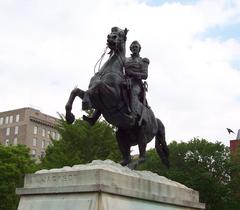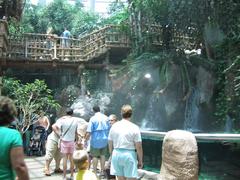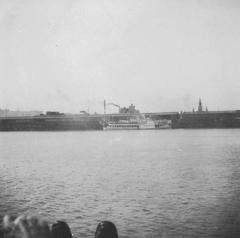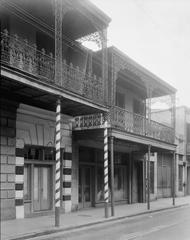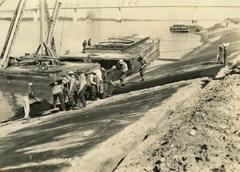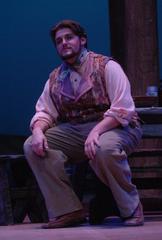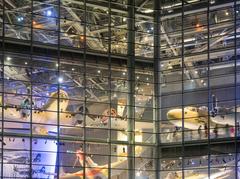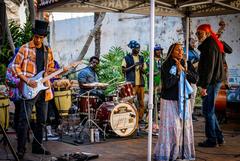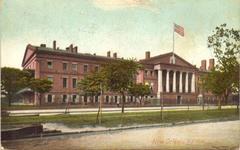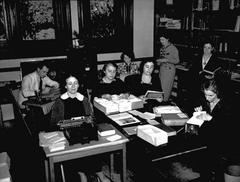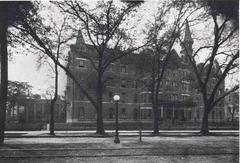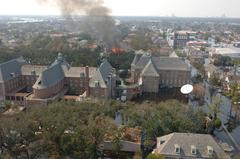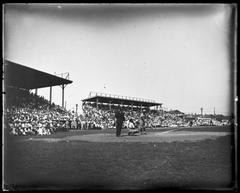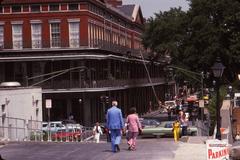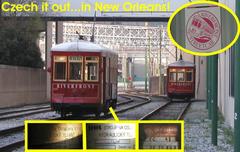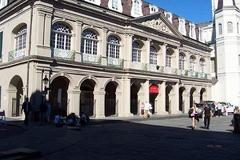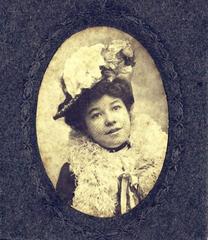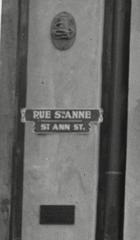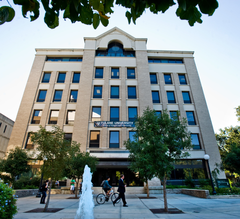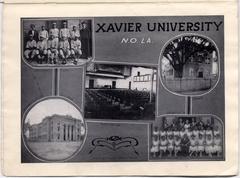
Pelican Park New Orleans: Visiting Hours, Tickets, and Travel Guide
Date: 04/07/2025
Introduction
Pelican Park holds a special place in New Orleans’ rich cultural and sports heritage. Once the vibrant home of the New Orleans Pelicans minor league baseball team, the park’s history intertwines with the city’s development, offering visitors a unique lens to explore the local spirit of resilience and community. Today, Pelican Park refers both to the original historic site in the Mid-City neighborhood and to a modern community recreational park at 3200 St. Claude Avenue. This guide delivers comprehensive details on Pelican Park’s history, visitor hours, ticketing, accessibility, nearby attractions, and travel tips—perfect for history buffs, families, and anyone seeking an authentic New Orleans experience.
Table of Contents
- Introduction
- Pelican Park Historical Overview
- Visiting Pelican Park Today
- Community Park at St. Claude Avenue
- Nearby Attractions
- Visitor Tips
- Frequently Asked Questions (FAQs)
- Legacy & Cultural Significance
- Practical Information
- References
Pelican Park Historical Overview
Pelican Park opened in 1908 on South Carrollton Avenue between Banks Street and Palmyra, across from Jesuit High School (New Orleans Baseball History). It quickly became a beacon for baseball lovers, hosting the New Orleans Pelicans and notable exhibition games with major league teams. The park’s wooden grandstands, accessible via the Carrollton Avenue streetcar, drew diverse crowds and cemented sports as a community cornerstone (SABR).
In 1914, the grandstand was relocated and reassembled at Carrollton Avenue and Tulane Avenue, where it became Heinemann Park (later Pelican Stadium) (Wikipedia: History of the New Orleans Pelicans). Though the original ballpark is gone, its impact on local sports and community identity endures.
Visiting Pelican Park Today
Location & Access
The historic Pelican Park site sits at the intersection of South Carrollton Avenue, Palmyra Street, Banks Street, and Scott Street in Mid-City, New Orleans (Wikipedia). The site remains accessible and is easily reached by car or the iconic Carrollton Avenue streetcar (SABR). Parking is limited, so early arrival or rideshare services are recommended.
Visiting Hours
Since the original ballpark no longer exists and is now a public neighborhood area, there are no formal visiting hours. The site is open year-round during daylight for self-guided exploration.
Ticketing & Entry
There are no tickets or fees required to visit the former Pelican Park site. For those interested in local sports history, nearby museums or guided tours may require advance booking.
Accessibility & Guided Tours
- The location is accessible by public transport and features wheelchair-friendly sidewalks.
- Several tour operators offer walking or bus tours covering New Orleans’ baseball history and the Pelican Park site; check with the New Orleans Visitor Center for current offerings.
Community Park at St. Claude Avenue
Facilities & Activities
Pelican Park at 3200 St. Claude Avenue is a modern green space dedicated to recreation and wellness, showcasing New Orleans’ commitment to accessible public parks (New Orleans Parks and Recreation). Features include:
- Sports fields for baseball, soccer, and more
- Modern playgrounds
- Walking and biking trails
- Shaded picnic areas and barbecue pits
- Dog-friendly zones
- ADA-compliant restrooms and paths
The park hosts youth leagues, cultural events, festivals, and wellness programs, fostering a vibrant community atmosphere. It is especially significant for locals, serving as a gathering point during city recovery efforts and ongoing neighborhood revitalization.
Hours & Admission
- Open daily from dawn to dusk; admission is free for general use.
- Reservations or small fees may apply for organized sports, special events, or facility rentals (New Orleans Parks and Recreation).
Nearby Attractions
Expand your visit with these local highlights:
- Jesuit High School: Historic campus across from the original Pelican Park site
- Audubon Park: Scenic green space a short drive away
- City Park: Home to the New Orleans Museum of Art, Sculpture Garden, and Carousel Gardens Amusement Park
- French Quarter: Famed for its music, dining, and centuries-old architecture
For more on area attractions, see the Tourist Places Guide on New Orleans.
Visitor Tips
- Weather: Summers are hot and humid. Visit in the morning or late afternoon, bring water, sunscreen, and a hat (NewOrleans.com).
- Transit: The streetcar offers an authentic local experience.
- Combine Stops: Pair your visit with museums, parks, or local eateries for a richer experience.
- Respect the Neighborhood: The historic site is in a residential area—be mindful of locals.
- Events: Check the New Orleans events calendar for festivals or special baseball heritage events.
Frequently Asked Questions (FAQs)
Q: Is the original Pelican Park still standing?
A: No, the original ballpark was dismantled in 1914, but the site remains accessible for historical exploration (Wikipedia).
Q: Are there any admission fees?
A: No, visiting the historic site or the St. Claude Avenue park is free, except for some events or facility rentals.
Q: Are guided tours available?
A: Various local tours include Pelican Park’s history; check with the New Orleans Visitor Center.
Q: Is the area accessible?
A: Yes, both locations are accessible by public transit and feature ADA-compliant amenities.
Q: What else can I do nearby?
A: Explore City Park, the French Quarter, and local museums—many are within easy reach by transit or car.
Legacy & Cultural Significance
Pelican Park’s story is one of community, resilience, and passion for sports. While its grandstands no longer rise above Mid-City, the site’s legacy lives on in the city’s love of baseball and in the New Orleans Pelicans NBA franchise (Wikipedia: History of the New Orleans Pelicans). The modern Pelican Park on St. Claude Avenue continues the tradition of fostering community spirit, environmental sustainability, and inclusive recreation.
Practical Information
- Historic site: Intersection of S. Carrollton Ave & Banks St, New Orleans, LA 70119
- Modern park: 3200 St. Claude Avenue, New Orleans, LA 70117 (New Orleans Parks and Recreation)
- St. Claude Park hours: Dawn to dusk
- Admission: Free general entry; fees apply for select events or rentals
- Transit: Accessible via streetcar, bus, car, or bike
- Contact: See New Orleans Parks and Recreation for updates
References
- New Orleans Baseball History
- Wikipedia: History of the New Orleans Pelicans
- New Orleans Parks and Recreation
- Tourist Places Guide on New Orleans
- SABR
- New Orleans Visitor Center
Ready to explore more? Download the Audiala app for interactive guides and the latest updates, or follow us on social media for insider travel tips and special offers.


